Home>Gardening & Outdoor>Plant Care & Gardening Tips>When Is The Peak Of The Wildflower Season In Southern California
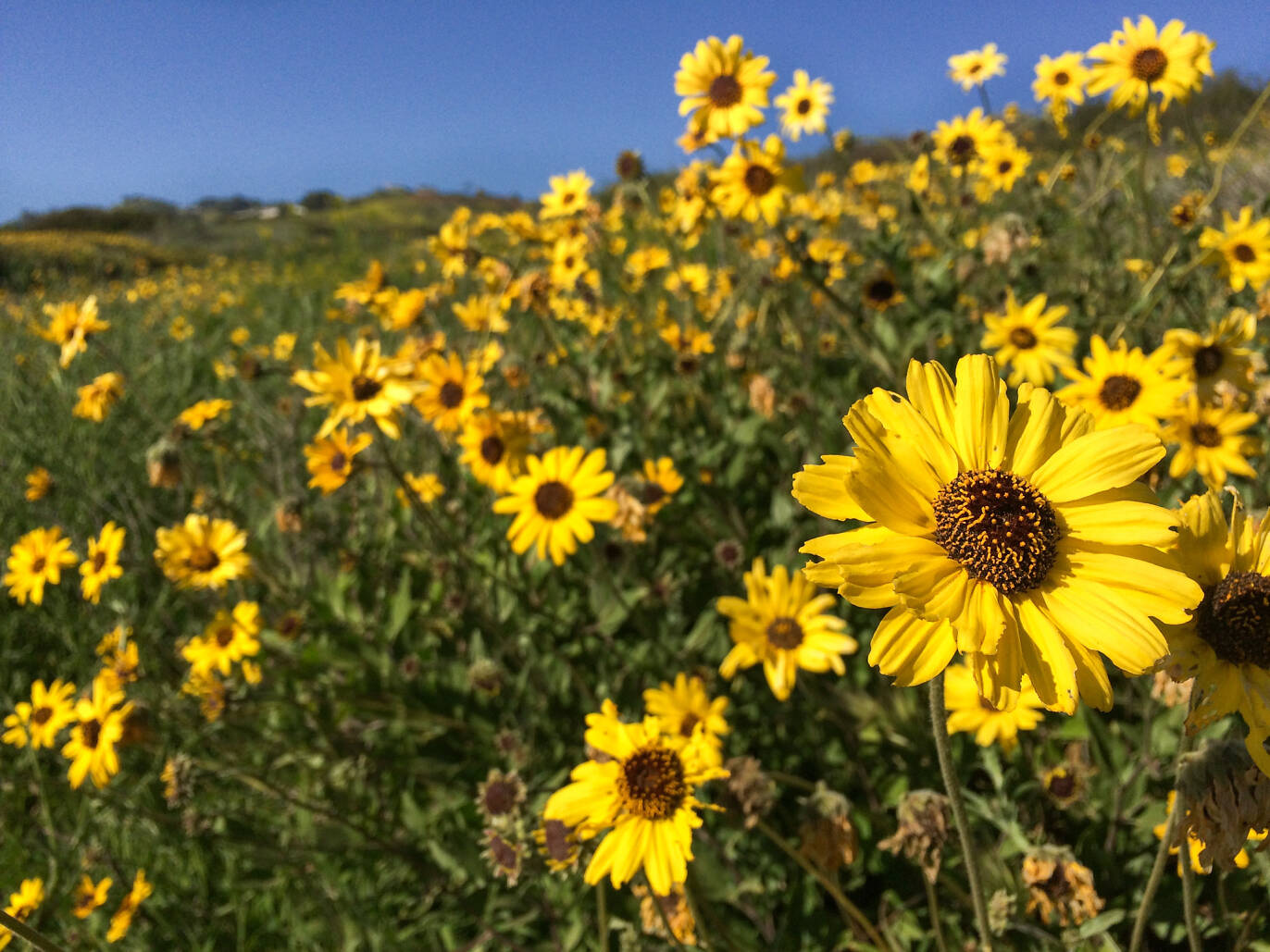

Plant Care & Gardening Tips
When Is The Peak Of The Wildflower Season In Southern California
Modified: January 9, 2024
Discover the best time to witness the vibrant blooms of wildflowers in Southern California with expert plant care and gardening tips. Plan your visit for the peak of the wildflower season.
(Many of the links in this article redirect to a specific reviewed product. Your purchase of these products through affiliate links helps to generate commission for Storables.com, at no extra cost. Learn more)
Introduction
Welcome to the vibrant world of wildflowers in Southern California! The region's diverse landscapes, from coastal areas to deserts and mountains, offer a breathtaking display of wildflowers during the peak blooming season. Whether you're a nature enthusiast, a photography buff, or simply seeking a serene escape, the wildflower season in Southern California is a spectacle not to be missed.
As spring breathes new life into the land, a kaleidoscope of colors emerges, painting the terrain with delicate blossoms and lush foliage. The wildflower season is a time of natural wonder and beauty, providing a fleeting yet enchanting opportunity to witness the fleeting yet enchanting opportunity to witness the ephemeral beauty of nature's floral tapestry.
In this article, we'll delve into the factors that influence wildflower blooms, explore the typical peak season for wildflowers in Southern California, discover the best locations to witness this breathtaking display, and provide tips for making the most of your wildflower viewing experience. So, grab your camera, lace up your hiking boots, and get ready to immerse yourself in the breathtaking beauty of Southern California's wildflower season.
Key Takeaways:
- Experience the vibrant wildflower season in Southern California, with peak blooms from late February to June. Embrace nature’s beauty and plan your visit based on rainfall, temperature, and diverse landscapes.
- Explore prime wildflower destinations like Anza-Borrego Desert State Park and Antelope Valley California Poppy Reserve. Stay informed, respect nature, and capture stunning photos while enjoying the fleeting beauty of wildflowers.
Factors Affecting Wildflower Blooms
The vibrant display of wildflowers in Southern California is influenced by a myriad of factors, each playing a crucial role in determining the intensity and timing of the blooms. Understanding these factors can offer insight into the intricate dance of nature and help enthusiasts plan their wildflower excursions effectively.
- Rainfall: Adequate rainfall is a vital catalyst for wildflower blooms. The timing, duration, and quantity of rainfall directly impact the germination and growth of wildflower seeds. In Southern California, the winter rains, particularly from December to March, play a pivotal role in nurturing the seeds and setting the stage for a spectacular wildflower season.
- Temperature: The interplay of temperature and sunlight influences the growth and blooming patterns of wildflowers. Cooler temperatures during the winter months followed by gradual warming in early spring create optimal conditions for wildflower germination and bloom. Frost and heatwaves can disrupt the delicate balance, affecting the overall display of wildflowers.
- Soil Conditions: The composition and quality of the soil significantly impact the success of wildflower blooms. Well-drained soils that are rich in nutrients provide an ideal environment for wildflower seeds to take root and flourish. Factors such as soil pH, texture, and moisture levels play a pivotal role in supporting healthy wildflower growth.
- Wildflower Species: The diverse array of wildflower species in Southern California each have unique requirements for germination and growth. Some species thrive in specific soil types, while others are adapted to particular elevations and microclimates. Understanding the preferences of different wildflower species can help enthusiasts identify prime locations for viewing specific blooms.
- Wildfire Ecology: In some ecosystems, wildfires play a vital role in triggering wildflower blooms. Certain wildflower species have evolved to germinate and flourish in the aftermath of fires, capitalizing on the nutrient-rich ash and reduced competition from other plants. While wildfires have ecological significance, they also pose challenges for the conservation of wildflower habitats.
By considering these factors, wildflower enthusiasts can gain a deeper appreciation for the intricate ecological processes that govern wildflower blooms. Nature’s delicate balance and resilience are showcased in the vibrant displays of wildflowers, reminding us of the profound interconnectedness of the natural world.
Typical Peak Wildflower Season in Southern California
The wildflower season in Southern California typically unfolds in a mesmerizing crescendo of color, drawing nature enthusiasts, hikers, and photographers to witness the breathtaking spectacle. While the exact timing of the peak wildflower season can vary based on specific locations and prevailing weather conditions, there are general patterns that guide the optimal times for wildflower viewing.
As winter transitions to spring, the wildflower season begins to unfurl, with different regions experiencing peak blooms at varying times. In the coastal areas, including the renowned Anza-Borrego Desert State Park, the wildflower season often peaks in late February to early March, offering a stunning array of desert blooms against the rugged backdrop of the desert landscape.
Heading inland, the wildflower season extends into March and April, with the rolling hills and valleys adorned with vibrant displays of poppies, lupines, and other native wildflowers. The Antelope Valley California Poppy Reserve, located in the high desert, is renowned for its breathtaking carpets of vibrant orange poppies, typically reaching their peak bloom in mid to late April.
For higher elevations, such as the mountainous regions of Southern California, the wildflower season arrives later in the spring, often peaking in May and June. Alpine meadows and subalpine zones come alive with a kaleidoscope of wildflowers, offering a refreshing retreat for those seeking to immerse themselves in the serene beauty of the mountainous landscapes.
It’s important to note that the timing of the peak wildflower season can fluctuate from year to year, influenced by the interplay of rainfall, temperature, and other environmental factors. Additionally, microclimates within specific regions can create variations in bloom times, adding to the dynamic nature of wildflower viewing.
As you plan your wildflower excursions, staying attuned to seasonal updates from local park authorities, botanical gardens, and conservation organizations can provide valuable insights into the progression of wildflower blooms. Embracing the ephemeral nature of wildflowers, with their brief yet enchanting displays, adds an element of anticipation and wonder to the experience.
Whether you’re captivated by the delicate allure of desert blooms, the vibrant hues of coastal wildflowers, or the serene beauty of mountain meadows, the wildflower season in Southern California invites you to embark on a captivating journey through nature’s ever-changing tapestry of colors.
The peak of the wildflower season in Southern California is typically in late March to early April, but it can vary depending on the weather and location. Check local wildflower reports for the most accurate timing.
Best Places to See Wildflowers in Southern California
Embarking on a wildflower pilgrimage in Southern California unveils a tapestry of stunning landscapes adorned with nature’s vibrant hues. From coastal plains to desert expanses and mountain meadows, the region offers a diverse array of prime locations for witnessing the breathtaking beauty of wildflowers.
- Anza-Borrego Desert State Park: As one of the premier wildflower destinations in Southern California, Anza-Borrego Desert State Park transforms into a floral wonderland during the peak wildflower season. The desert blooms, including desert sunflowers, sand verbena, and spectacle pod, create a striking contrast against the arid desert terrain, offering a captivating sight for visitors.
- Antelope Valley California Poppy Reserve: Renowned for its expansive fields of vibrant orange poppies, the Antelope Valley California Poppy Reserve is a must-visit destination for wildflower enthusiasts. The rolling hills adorned with countless poppies, lupines, and other wildflowers present a mesmerizing display, typically reaching their peak bloom in mid to late April.
- Walker Canyon: Located in the Temescal Mountains, Walker Canyon bursts into a breathtaking display of California poppies during the peak wildflower season. The hillsides are blanketed in vibrant orange, creating a visually stunning landscape that beckons hikers, photographers, and nature enthusiasts alike.
- Carrizo Plain National Monument: Embracing the expansive vistas of the Carrizo Plain, this national monument offers a captivating wildflower spectacle during the peak season. The gentle slopes and valleys come alive with an array of wildflowers, including the iconic purple and gold hues of the hillside daisies and goldfields.
- Mount San Jacinto State Park: Venture into the mountainous realms of Mount San Jacinto State Park to witness the enchanting alpine wildflower displays. As the wildflower season reaches its peak in late spring, the subalpine meadows and forested slopes come alive with a diverse array of wildflowers, creating a serene and picturesque setting for nature enthusiasts.
These prime wildflower destinations offer an immersive experience, allowing visitors to witness the ephemeral beauty of nature’s floral abundance. Whether you’re captivated by the stark beauty of desert blooms, the vibrant allure of coastal wildflowers, or the serene landscapes of mountain meadows, each location presents a unique opportunity to revel in the captivating displays of wildflowers.
As you plan your wildflower excursions, it’s essential to stay informed about park conditions, trail accessibility, and any specific guidelines for wildflower viewing. Respecting the natural habitats and adhering to conservation practices ensures that future generations can continue to marvel at the enchanting wildflower displays across Southern California’s diverse landscapes.
Tips for Enjoying the Wildflower Season
As you prepare to immerse yourself in the captivating beauty of Southern California’s wildflower season, consider these tips to enhance your experience and make the most of this natural spectacle.
- Stay Informed: Keep abreast of seasonal updates and wildflower forecasts from local park authorities, botanical gardens, and conservation organizations. Timely information about peak bloom times, trail conditions, and recommended viewing areas can help you plan your wildflower excursions effectively.
- Respect Nature: When exploring wildflower habitats, tread lightly and adhere to designated trails to minimize impact on delicate ecosystems. Refrain from picking wildflowers or disturbing their natural surroundings, allowing future visitors to enjoy the blooms in their full splendor.
- Prepare for Hiking: If your wildflower adventure involves hiking, ensure you have suitable footwear, ample water, sun protection, and any necessary supplies for the trail. Familiarize yourself with the trail difficulty and length, and consider the terrain and elevation gain to make informed choices about your hiking routes.
- Photography Etiquette: If you’re capturing the beauty of wildflowers through photography, be mindful of your surroundings and fellow visitors. Respect any photography guidelines in place, and avoid trampling vegetation or disrupting the natural setting to capture the perfect shot.
- Embrace Early Mornings and Evenings: The soft morning light and the golden hues of evening can add a magical touch to your wildflower viewing experience. Consider venturing out during these times to witness the blooms in different lighting conditions and potentially encounter less crowded trails.
- Stay Flexible: Nature’s timing is unpredictable, and wildflower blooms can be influenced by various factors. Embrace the spontaneity of the wildflower season, staying flexible with your plans and open to discovering unexpected floral displays along your journey.
- Engage with Local Experts: Seek out guided wildflower walks, ranger-led programs, or educational opportunities offered by local nature centers and parks. Engaging with knowledgeable experts can deepen your understanding of the native flora and enrich your wildflower experience.
- Leave No Trace: Practice Leave No Trace principles by carrying out any waste, disposing of litter responsibly, and leaving the natural environment undisturbed. By minimizing your ecological footprint, you contribute to the preservation of wildflower habitats for future generations.
By embracing these tips, you can savor the wildflower season while fostering a sense of stewardship for the natural landscapes that host these ephemeral floral displays. Whether you’re embarking on a solo adventure, a family outing, or a photography expedition, the wildflower season in Southern California invites you to connect with the splendor of nature and create lasting memories amidst the blossoming beauty.
Conclusion
The wildflower season in Southern California is a testament to the mesmerizing beauty and resilience of nature, offering a fleeting yet enchanting spectacle for all who venture to witness it. As the landscapes transform into vibrant tapestries of color, the wildflowers beckon nature enthusiasts, hikers, and photographers to partake in their ephemeral display.
From the coastal plains adorned with delicate blooms to the rugged deserts ablaze with vibrant hues and the serene mountain meadows painted with wildflower diversity, Southern California’s diverse landscapes provide a captivating canvas for the wildflower season. The interplay of rainfall, temperature, and ecological factors orchestrates this annual floral symphony, inviting us to marvel at the intricate dance of nature’s cycles.
As we embrace the wildflower season, it’s essential to approach our encounters with reverence and responsibility, respecting the natural habitats and the delicate balance of these fleeting displays. By staying informed, treading lightly, and fostering a sense of stewardship, we can ensure that future generations have the opportunity to revel in the captivating beauty of wildflowers.
Whether you’re drawn to the stark allure of desert blooms, the vibrant hues of coastal wildflowers, or the serene landscapes of mountain meadows, the wildflower season in Southern California invites you to embark on a journey of discovery and wonder. It’s a time to connect with the splendor of nature, immerse ourselves in the transient beauty of wildflowers, and forge enduring memories amidst the blossoming landscapes.
So, as the wildflower season unfolds, let’s heed the call of nature, embrace the ephemeral beauty of the blooms, and cherish the timeless allure of Southern California’s wildflower landscapes. With each petal and leaf, we are reminded of the profound interconnectedness of the natural world and the enduring magic of the wildflower season.
Frequently Asked Questions about When Is The Peak Of The Wildflower Season In Southern California
Was this page helpful?
At Storables.com, we guarantee accurate and reliable information. Our content, validated by Expert Board Contributors, is crafted following stringent Editorial Policies. We're committed to providing you with well-researched, expert-backed insights for all your informational needs.
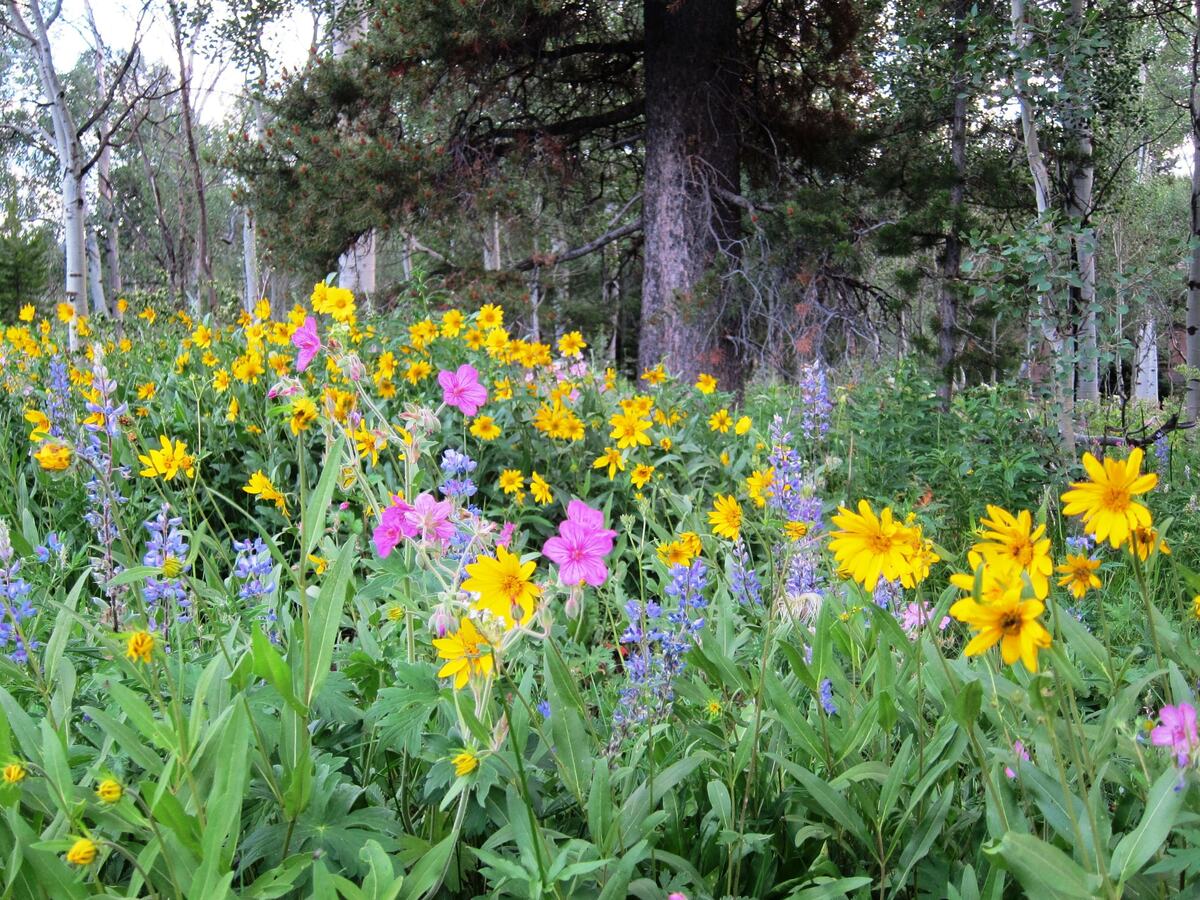
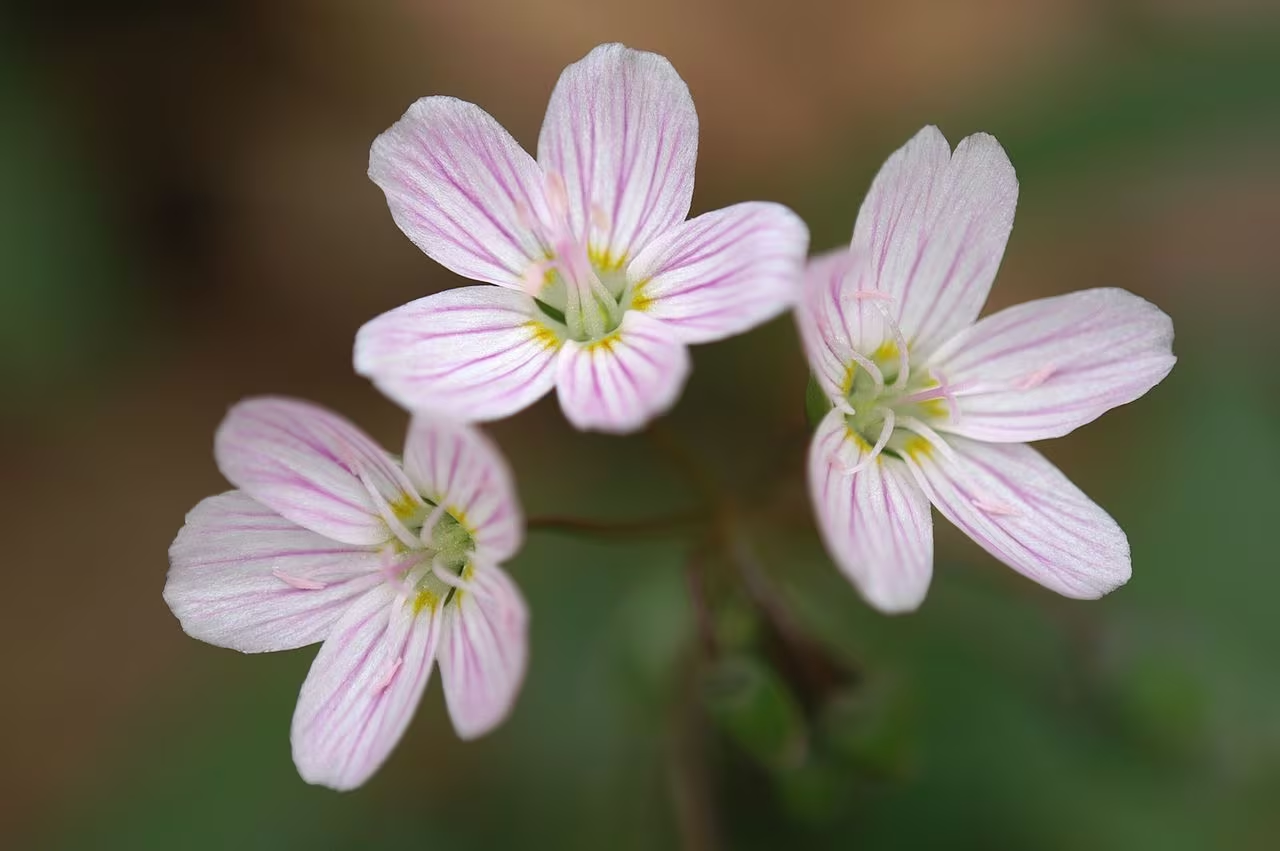
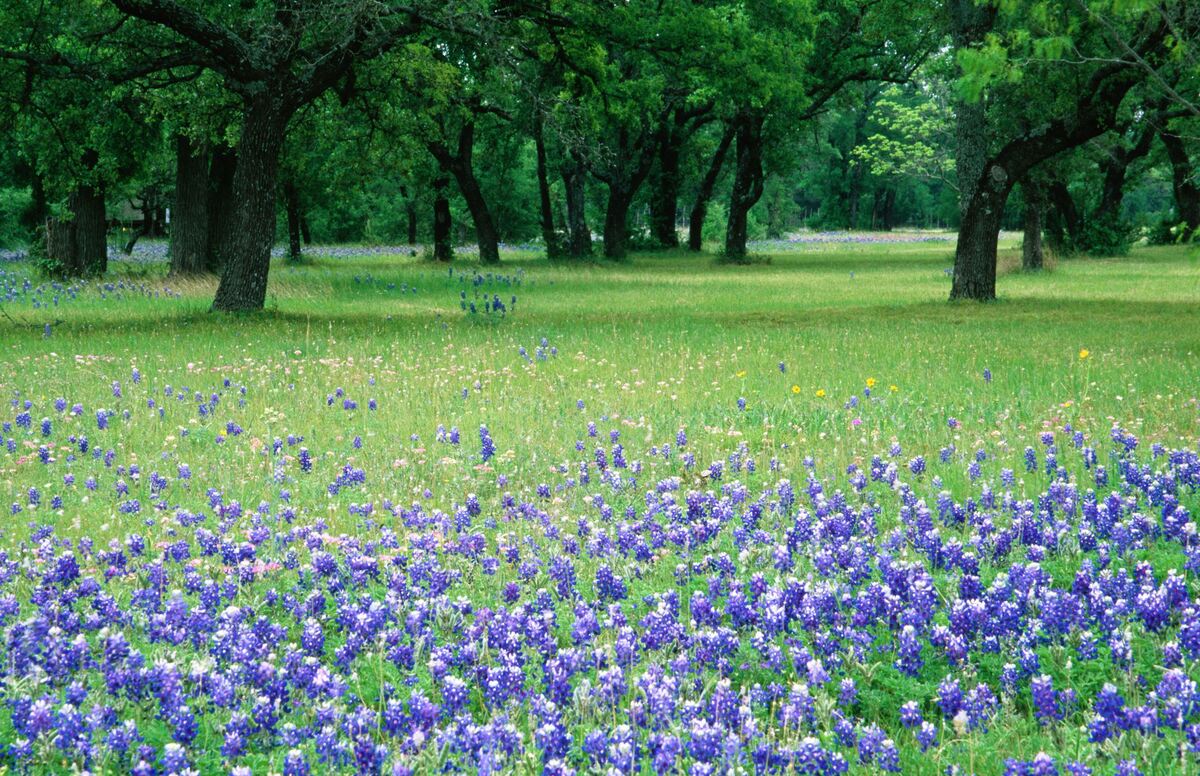
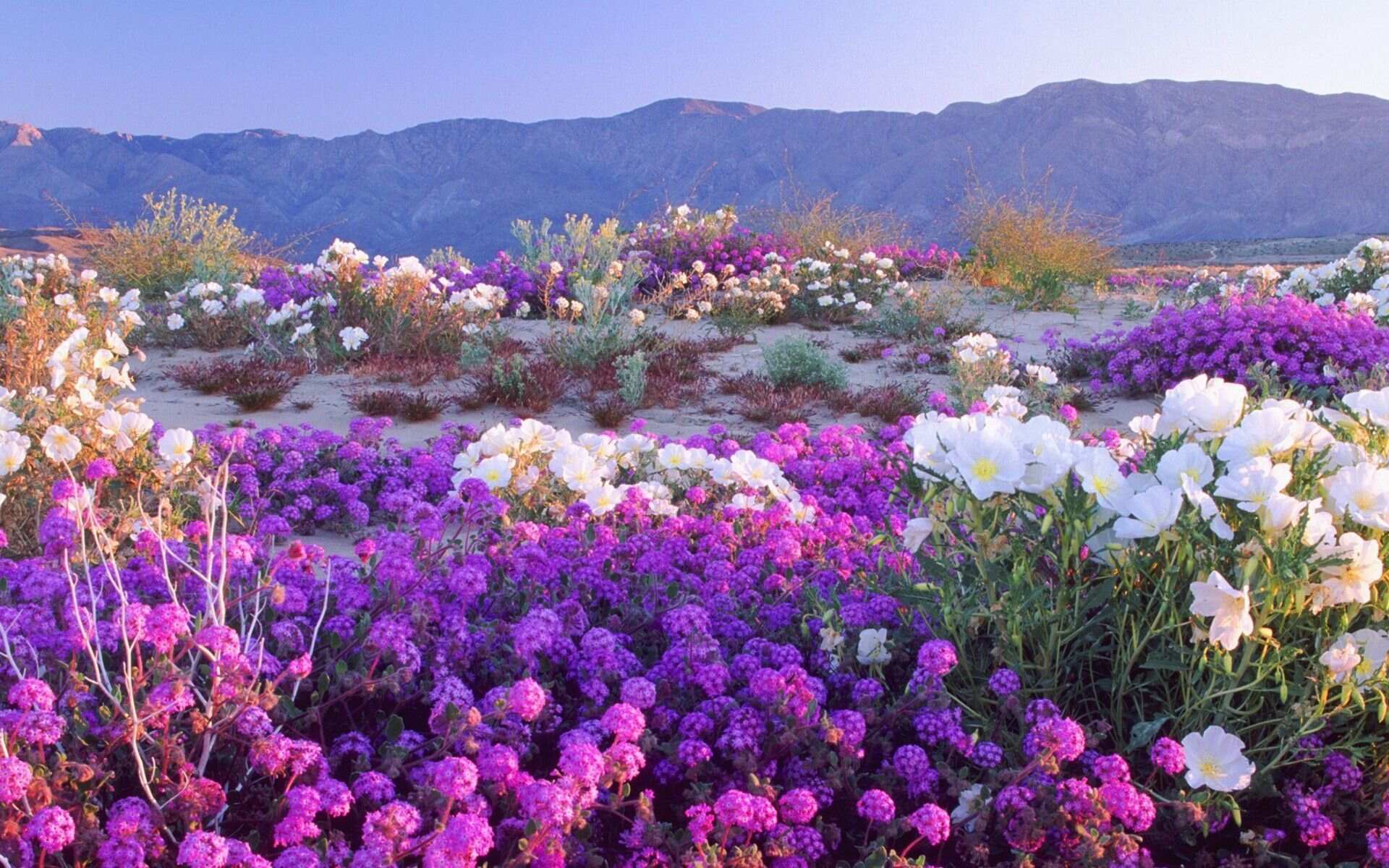
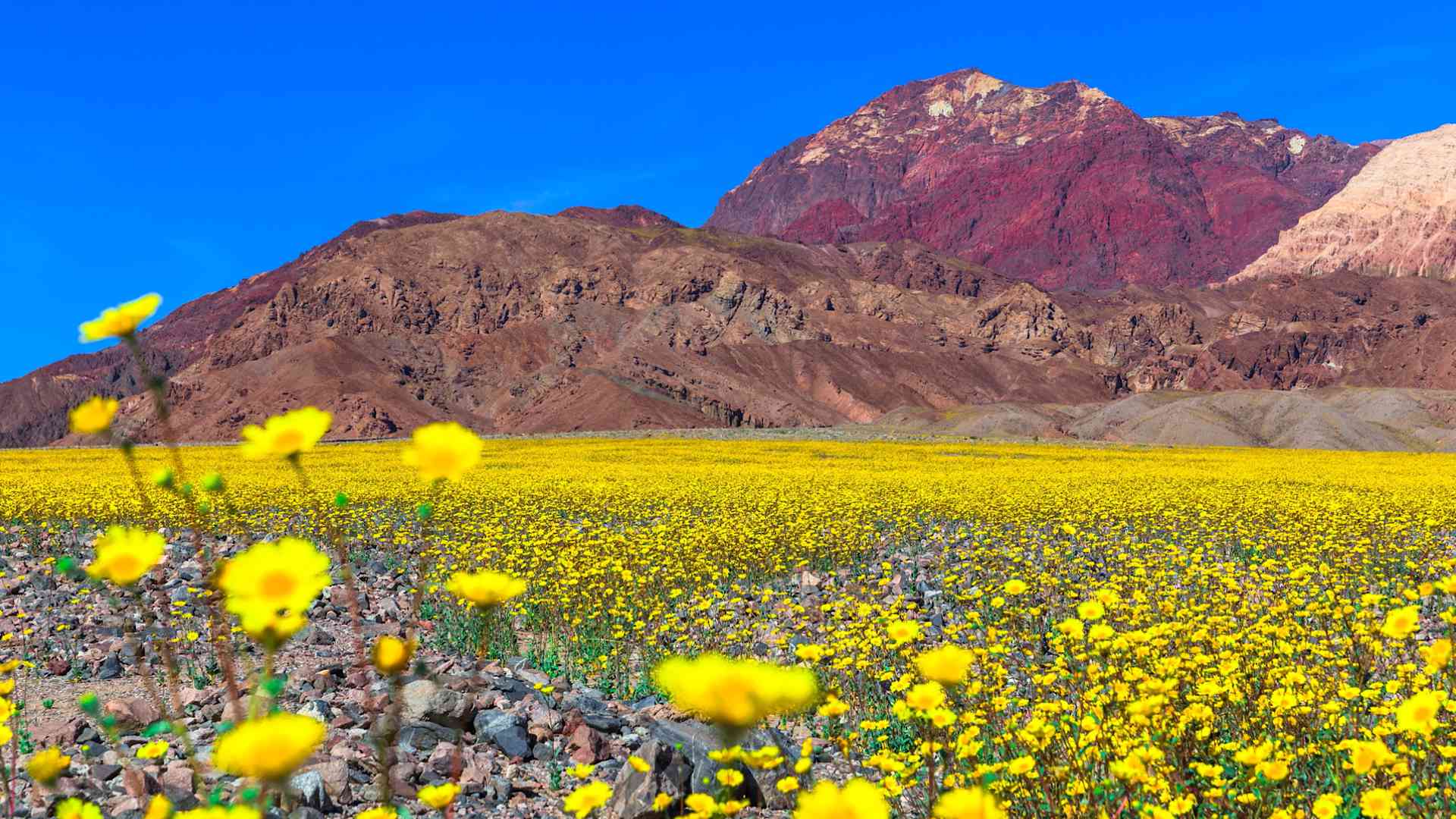
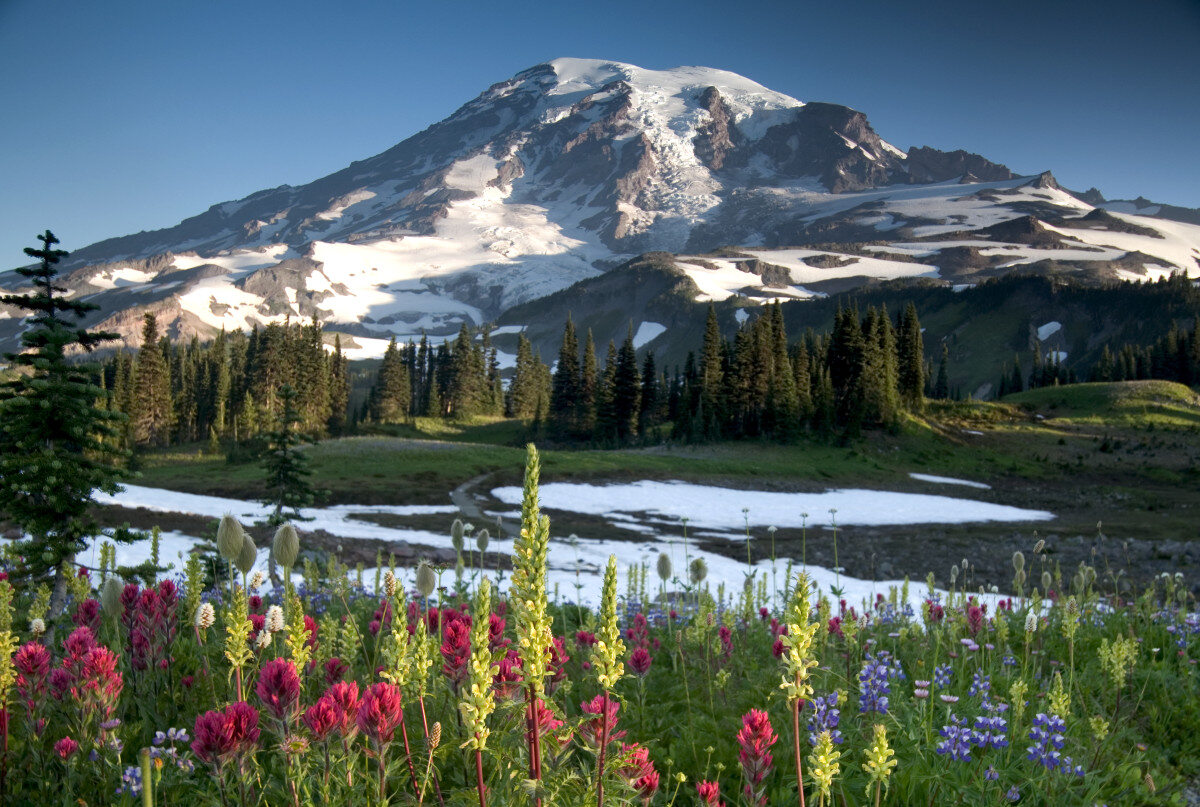
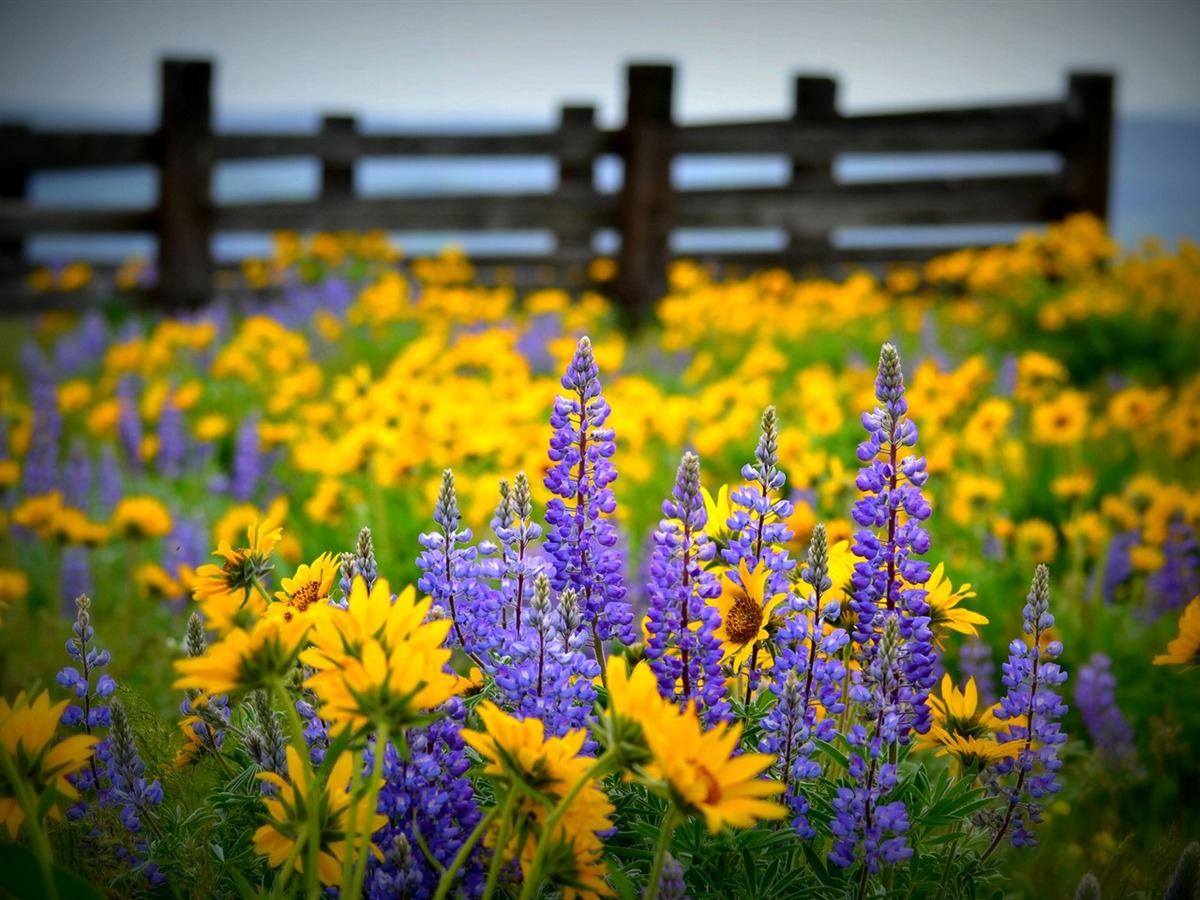
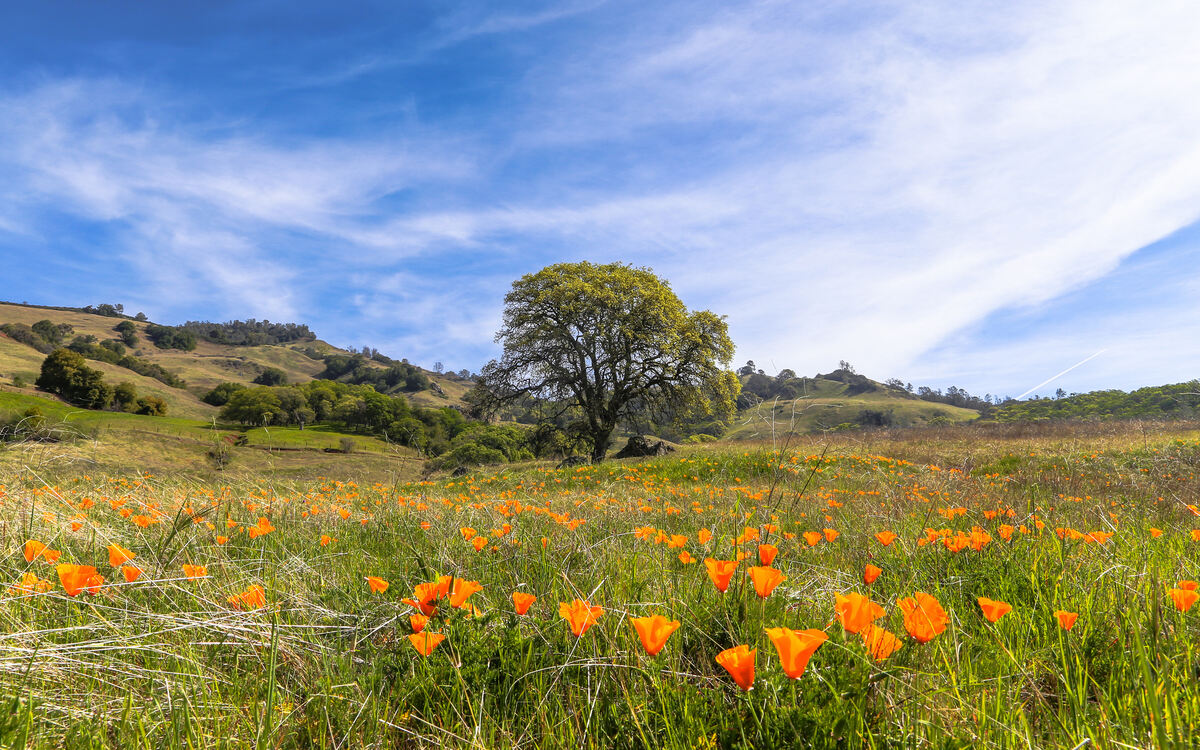
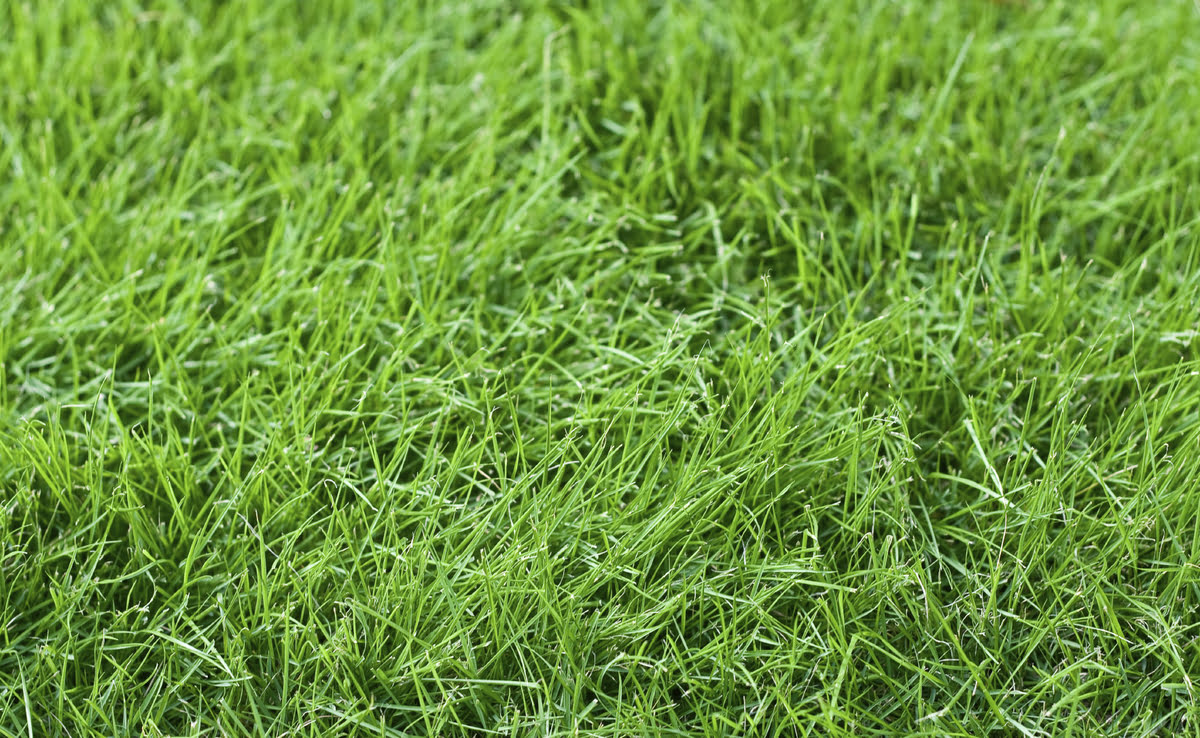
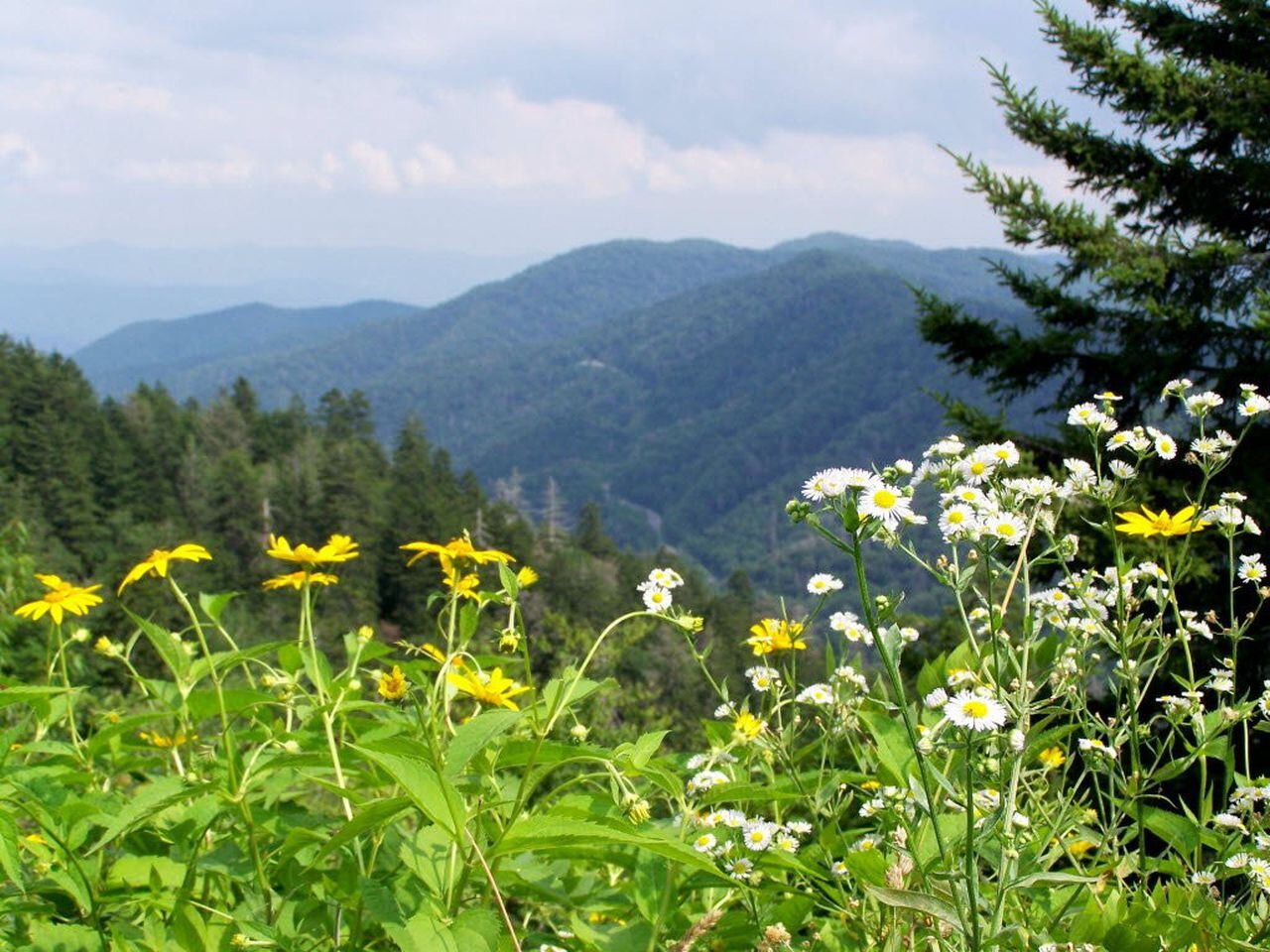
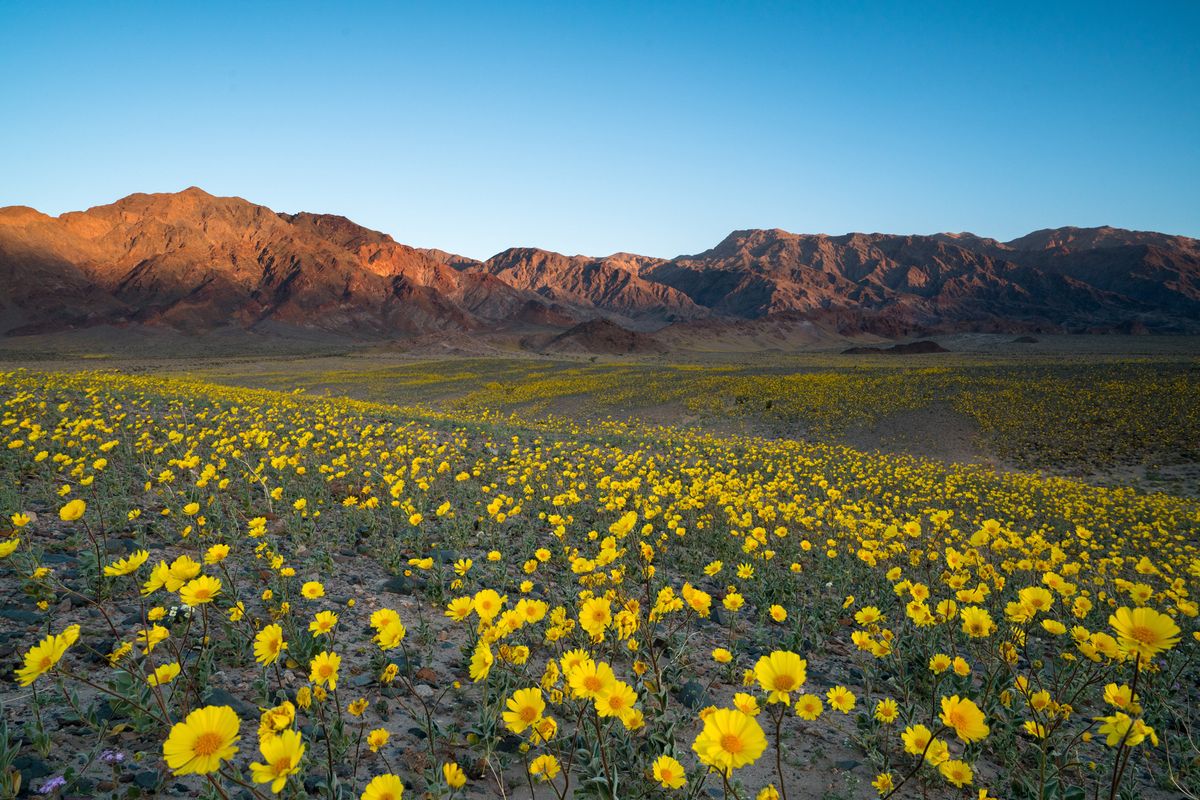
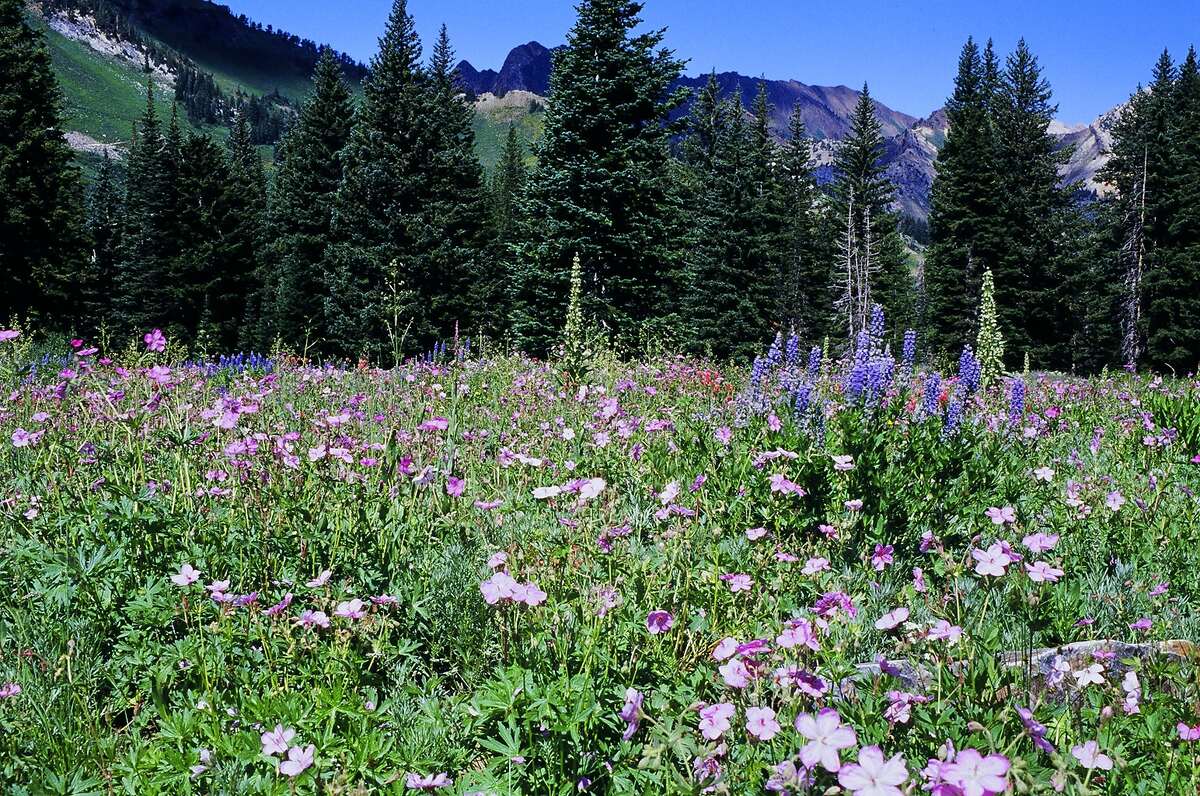
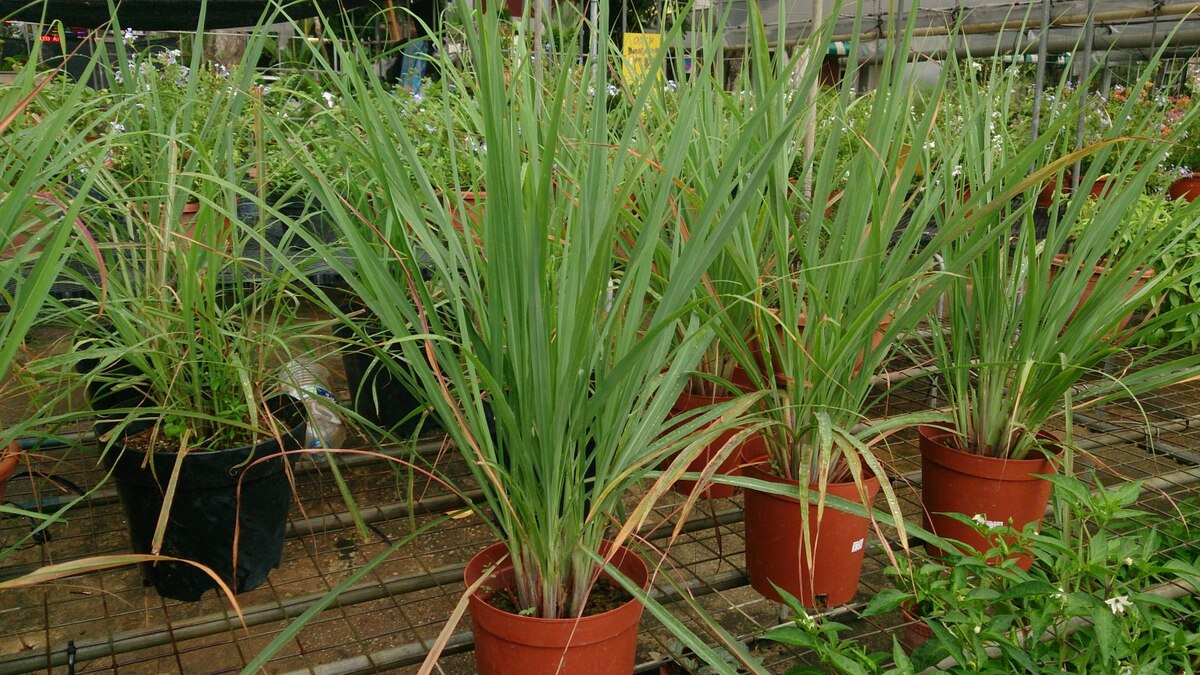
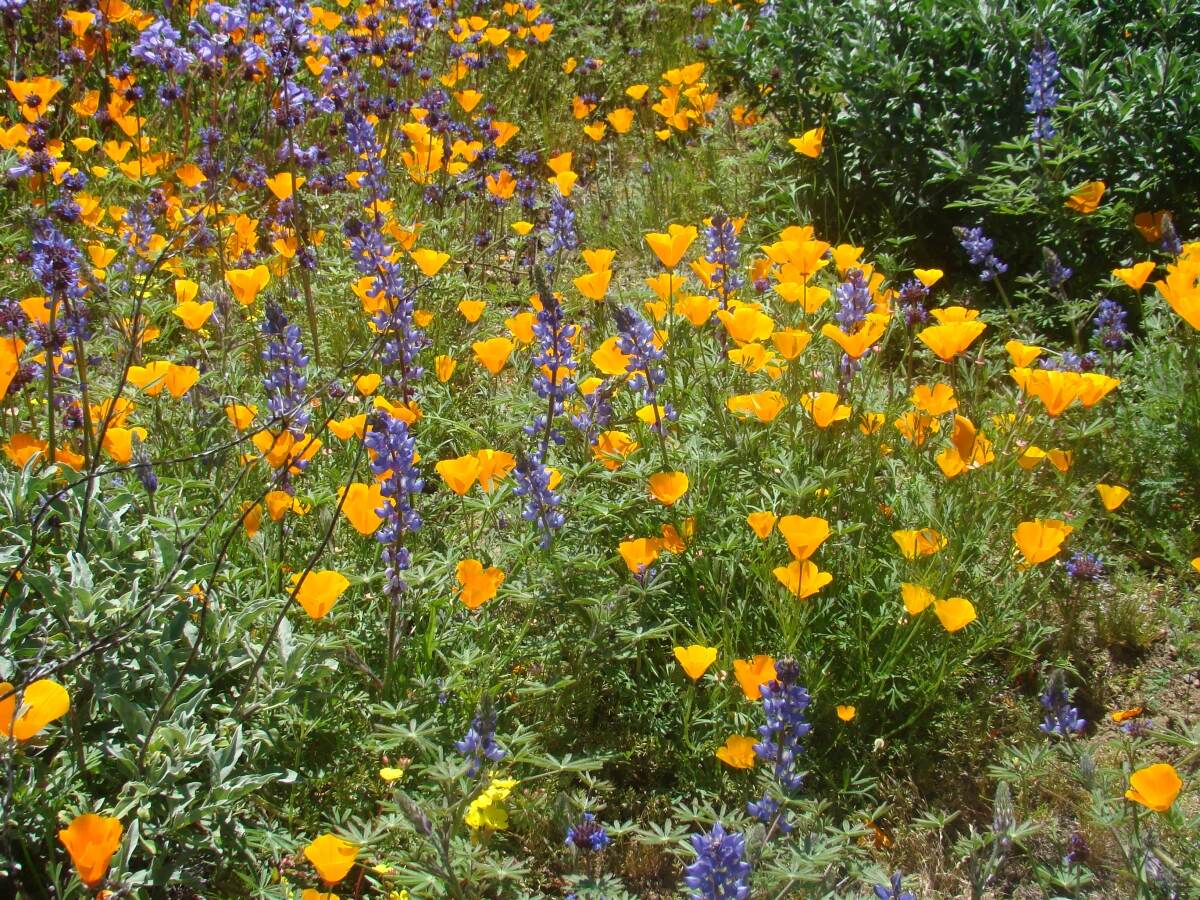

0 thoughts on “When Is The Peak Of The Wildflower Season In Southern California”